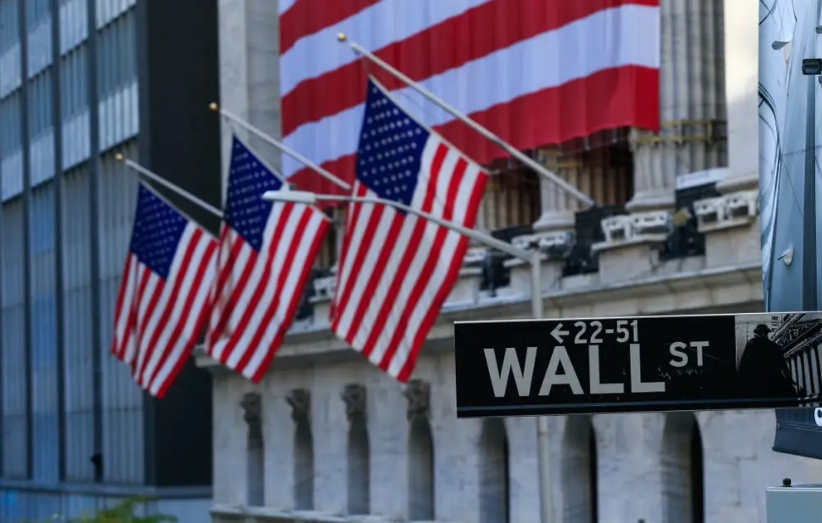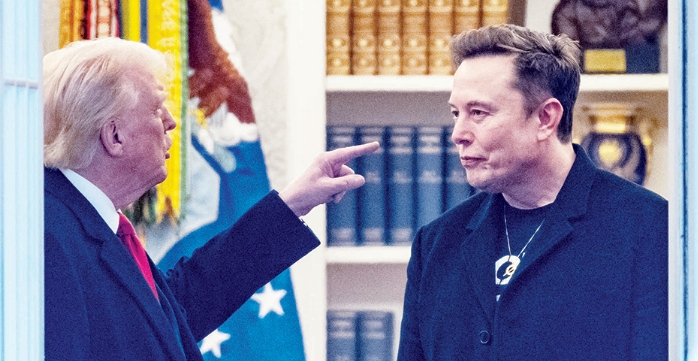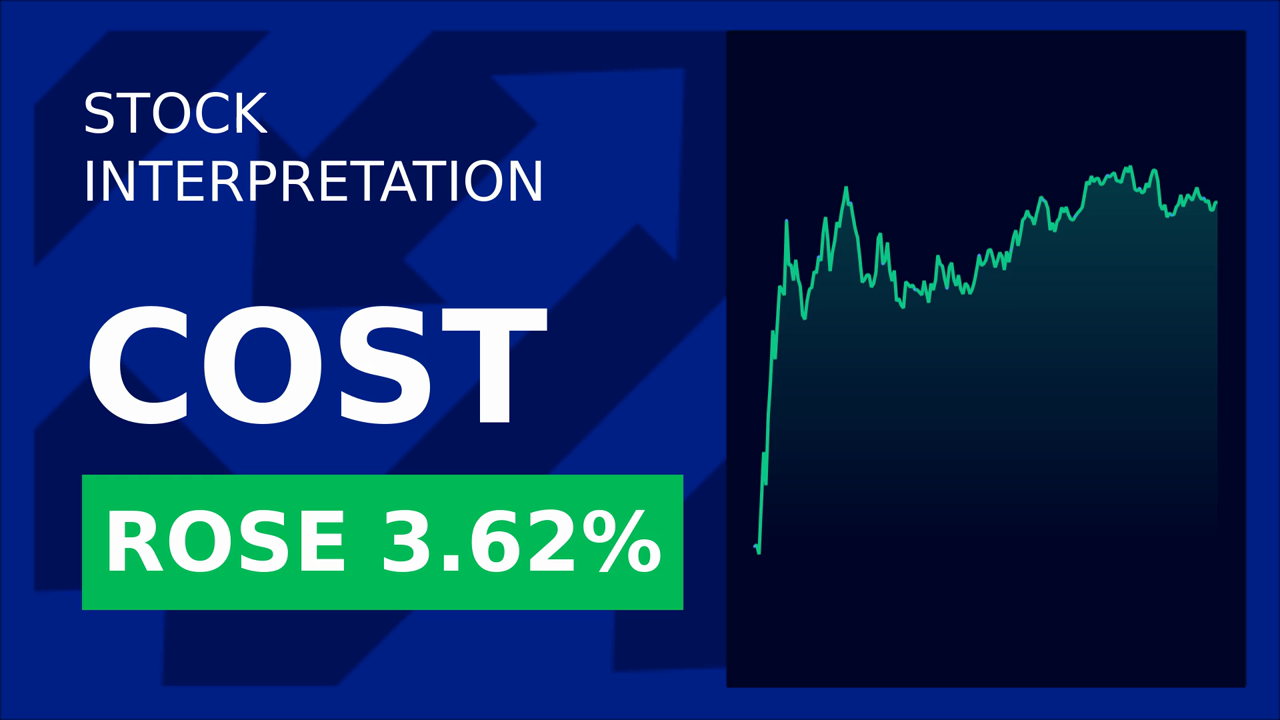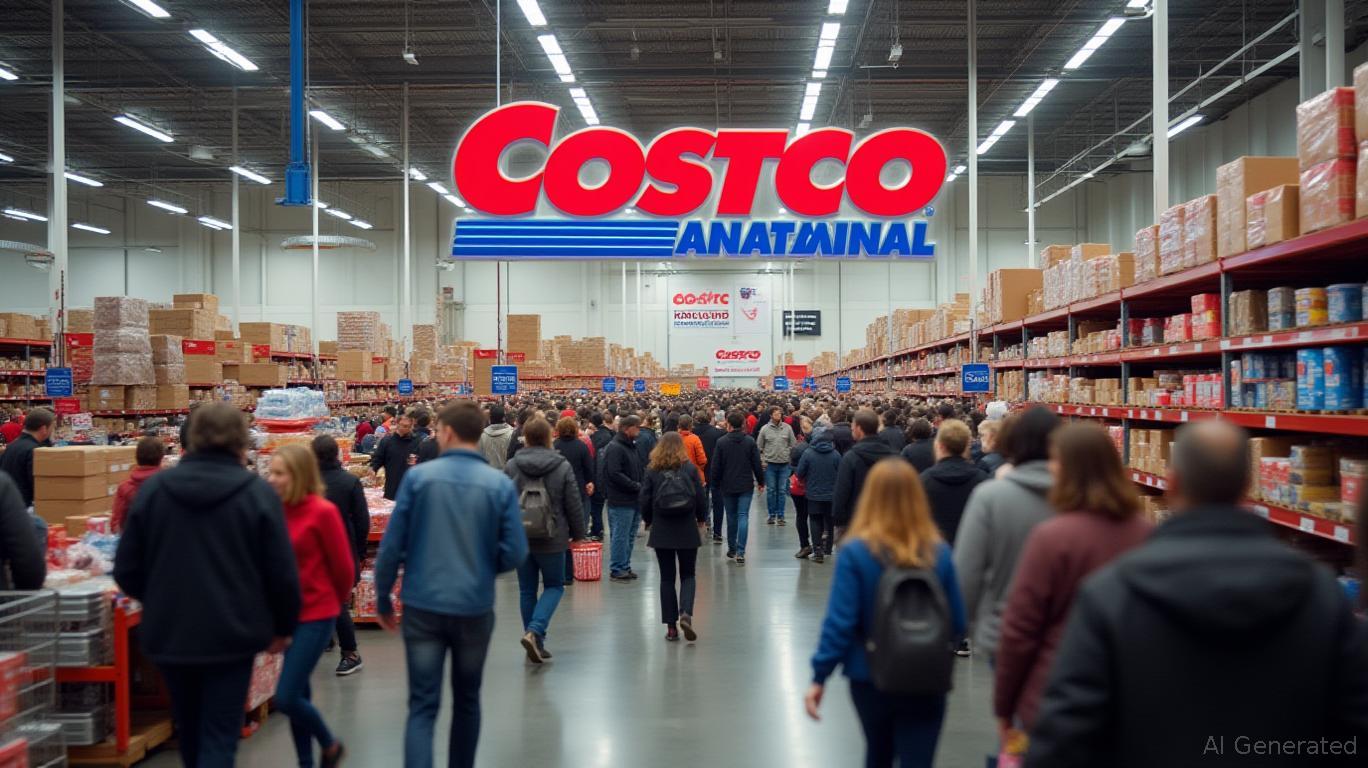Costco Dodges Tariff Woes, But IBD Stock Of The Day Struggling At This Chart Level

Costco Wholesale (COST) has long been a retail titan, leveraging its membership model and global supply chain to dominate the discount retail sector. In 2025, the company faces its latest test: navigating unpredictable tariff policies while maintaining momentum in its stock price. Despite strategic moves to mitigate tariff impacts, Costco’s shares are now stuck at a critical resistance level, raising questions about its ability to sustain the growth that once earned it recognition as the IBD Stock Of The Day in late 2024.
Tariff Headwinds: A Controlled Burn
Costco’s proactive approach to tariff risks has kept disruptions manageable. The company’s CFO, Gary Millerchip, highlighted three key strategies:
1. Accelerated Inventory Buying: Proactively stockpiling goods ahead of potential tariff hikes, mirroring past successes like chartering ships during the 2021 supply chain crisis.
2. Vendor Negotiations: Leveraging its $250 billion annual sales scale to secure price reductions and explore alternative sourcing regions. For instance, only 15% of U.S. imports now come from tariff-heavy countries like China, Mexico, and Canada.
3. SKU Flexibility: Shifting to untaxed or lower-cost alternatives for products like olive oil (re-sourced from Turkey instead of the EU) and nuts (diversified across 20+ countries).
These measures have insulated Costco from severe margin pressures. CEO Ron Vachris noted that membership renewal rates remain robust at 91%, underscoring consumer loyalty to the $60–$150 annual fee model.
Technical Analysis: The $1,000 Ceiling
Despite strong fundamentals, Costco’s stock price has stalled at a pivotal resistance level since mid-2025. Key technical indicators paint a mixed picture:
- $1,000 Resistance: Broke this level in February , but failed to hold it, creating a “double-top” pattern that has capped gains. Analysts at FxProGlobal warn this could signal a pullback to support at $947–$925.
- Overbought Conditions: The Stochastic RSI and MACD are in overbought territory, suggesting a near-term correction. A drop below the 50-day EMA ($961) would confirm this.
- Long-Term Bulls: The 200-day EMA ($916) and rising RSI (60.18) still favor a rebound, with a breakout above $1,080 targeting $1,170 by year-end.
The IBD Legacy: Can Costco Recapture Momentum?
Costco was last crowned IBD Stock Of The Day on November 14, 2024, after surging to record highs. Analysts then praised its 8% projected 2025 EPS growth and the delayed benefits of its first membership fee hike in seven years. However, the stock’s current struggle to break through $1,000 reflects broader market skepticism about its valuation.
- Valuation Concerns: COST trades at a forward P/E of 58, nearly double Walmart’s 30. While justified by its 9.8% EPS growth forecast, this premium leaves little room for error.
- Earnings Risks: Q2 2025 results fell short of expectations due to rising merchandise costs and foreign exchange headwinds. Bulls argue this is temporary, but bears point to $1,030 puts being heavily traded—a sign of profit-taking pressure.
Conclusion: A Fork in the Road
Costco’s ability to navigate tariffs and technical resistance hinges on two factors:
1. Supply Chain Resilience: If it can maintain low-cost sourcing and avoid significant price hikes, membership growth and e-commerce sales (up 13.6% in early 2025) will drive earnings.
2. Stock Catalysts: A breakout above $1,080 would validate the $1,464 year-end target, but failure risks a retreat toward $916—a 7% drop from current levels.
The numbers tell the story:
- Revenue Growth: Projected at 7.2% in 2025, supported by 20 new warehouse openings and $1.30/quarter dividends (up from $1.16).
- Market Position: The #2 IBD Composite Rating (83/99) among retailers, behind only Walmart, underscores its operational strength.
For now, Costco remains a buy for long-term investors, but traders must tread carefully until the $1,000 ceiling breaks. As the saying goes, “You can’t win at blackjack if you don’t know when to hold—and fold.” For COST, the cards are still in the air.










